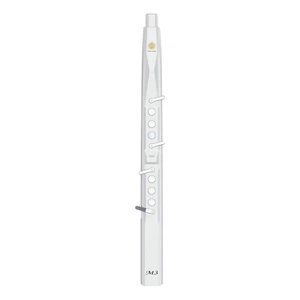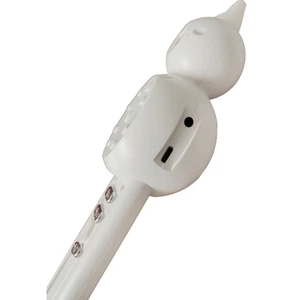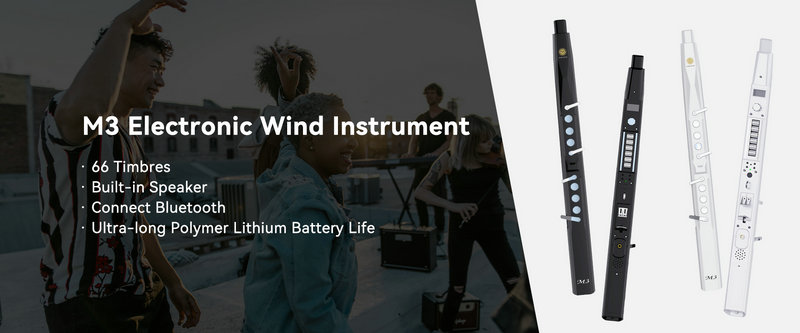Digital saxophones offer several advantages compared to acoustic saxophones:
Volume and Amplification
Quiet Practice: Digital saxophones can be used with headphones, allowing for silent practice sessions. This is highly beneficial for beginners who may need to practice for long hours without disturbing others, or for those who live in apartments or shared spaces where noise can be a concern19.
Stage Performance: They can be easily connected to external amplification systems, enabling performers to adjust the volume according to the venue size and audience requirements. This provides greater flexibility in different performance settings compared to acoustic saxophones, which rely solely on the natural projection of sound.
Sound Variety and Modification
Diverse Timbres: Digital saxophones come equipped with a wide range of built-in sound effects and tone-shaping options. They can mimic the sounds of different types of saxophones, such as alto, tenor, soprano, or even create entirely new and unique sounds that are not achievable with traditional saxophones without additional external equipment. This versatility allows musicians to explore various musical styles and experiment with different sonic textures.
Sound Effects: Musicians can add effects like reverb, delay, chorus, or distortion to their playing, enhancing the expressiveness and creativity of their performances. These effects can be adjusted in real-time, providing instant feedback and allowing for more dynamic and engaging musical presentations.
Portability and Durability
Lightweight and Compact: Digital saxophones are generally more lightweight and easier to carry around compared to their acoustic counterparts, which are often made of brass and can be bulky. This makes them convenient for musicians who are constantly on the move, such as those who travel frequently for gigs or need to transport their instruments between different practice locations.
Robust Construction: They are less affected by environmental factors such as temperature and humidity, which can cause damage to wooden-bodied acoustic saxophones. Digital saxophones are typically made of more durable materials that can withstand the rigors of travel and different performance conditions, reducing the need for frequent maintenance and repairs.
Ease of Use and Learning
Simplified Embouchure: Some digital saxophones, like the Yamaha YDS-150, are designed to be more forgiving in terms of embouchure requirements. Beginners do not need to have a perfectly developed embouchure or precise control of the reed to produce a good sound. This can make it easier for new players to start learning the instrument and build confidence in their playing abilities1.
Visual Feedback and Learning Tools: Many digital saxophones offer visual feedback features, such as displays that show the notes being played, fingering diagrams, or even built-in tutorials. These tools can be extremely helpful for beginners who are learning music theory and notation, as well as for more experienced players who want to practice and improve their technique. Additionally, some models allow for the recording and playback of performances, enabling musicians to review and analyze their playing for further improvement
SUNRISE MELODY M3 Electronic Wind Instrument - The best-selling Electronic Wind Instrument
. 66 Timbres
. Built-in Speaker
. Connect Bluetooth
. Ultra-long Polymer Lithium Battery Life



